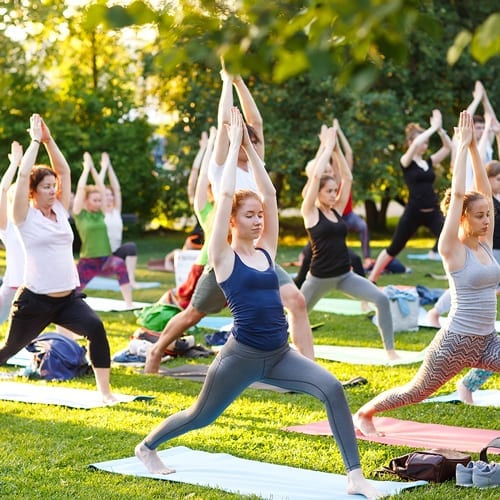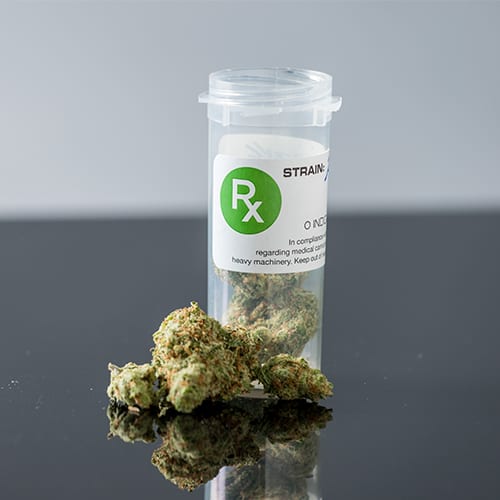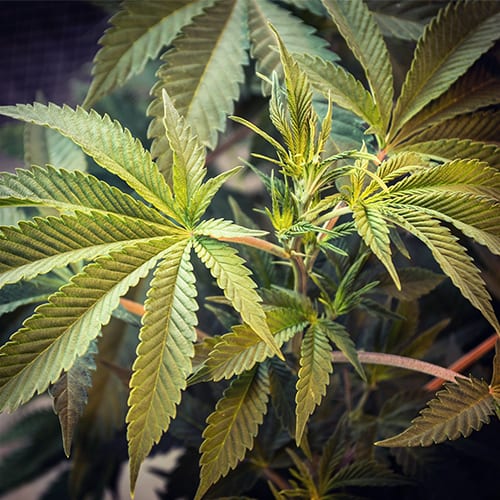
The stereotypical stoner snowboarder — we’ve all met that guy. But serious snow riders and other elite athletes have turned to cannabis products as medicine, to reduce inflammation, speed healing and ease pain.
When working out to build endurance and strength, long sets of repetitive exercise get the job done — but they’re boring. Athletes everywhere have found that a little cannabis before a workout makes tedious, repetitive tasks easier to tolerate. In New York magazine, Allison Davis touts one cannabis effect: “a meditative mindset that makes exercise not just more endurable but better.”
The World Anti-Doping Agency helped make the distinction when it raised the allowable level of THC, which enables athletes to use cannabis to train, but still prohibits it in competition as a performance-enhancing drug.
“There’s good science that suggests cannabinoids block the physical input of pain,” Dr. Lynn Webster, a pain management specialist in Salt Lake City, told the Wall Street Journal.
Little by little, elite athletes are embracing cannabis, endorsing products and putting their names on product lines. Canadian snowboarder Ross Rebagliati, who almost lost his 1998 Olympic gold medal after testing positive, now endorses Ross’ Gold, selling cannabis, accessories and apparel.
Freeskier Tanner Hall launched the SKIBOSS Collection of travel-friendly stash boxes and other smoking gear, and ultramarathoner Avery Collins endorses Incredibles bars and Mary’s Medicinals products.
Cannabis is a favorite remedy even in professional sports, where the penalties for breaking anti-doping rules can end a career. A story in Bleacher Report last year claimed that NFL players have figured out workarounds to drug testing, which takes place during training camp every summer. Only those who have committed violations of the league drug policy are tested more frequently. Other players are free to use marijuana the rest of the season to control pain, inflammation and concussion symptoms.
Players say they prefer marijuana to the narcotic painkillers handed out by team doctors after injuries, and a group of current and former NFL players calling themselves the Gridiron Cannabis Coalition are teaming up with product developers to study how MMJ can ease football-related ailments from soreness to early-onset dementia.
Along with former NFL running back Ricky Williams, 420 Games founder and snow industry entrepreneur Jim McAlpine is opening a cannabis-friendly gym in San Francisco and San Jose, PowerPlant Fitness. At the gym, users will do performance assessments with and without cannabis, then meet with trainers to determine whether cannabis should be part of their regimen, McAlpine told The Cannabist. “It’s a place where our trainers understand cannabis and athletes, and they’ll work with each person to examine how cannabis affects them. There will be some people we’ll advise to not use it.”
Ultramarathoners swear by marijuana to manage the pain, stress and nausea of their long, grueling races. They say that after a race, cannabis calms racing thoughts, lowers heart rate and shortens recovery time. Many ultramarathons and smaller long-distance races have chosen to opt out of drug testing because it’s expensive, lowering the risk of doping charges for cannabis users.
Guidelines for athletic use of cannabis sound a lot like everyday guidance for use of cannabis: start low and go slow. Many athletes prefer vaping, topicals and edibles to smoking, which can impair lung function, although ultramarathoner Avery Collins says that just before a run, he prefers smoking, which delivers a head high, to edibles that give him a body high, making it somewhat harder to run.
THC-infused candies and gummies are an efficient way to deliver precise dosing quickly.
So what should you add to your workout to prep for what everybody hopes will be a great Colorado ski season?
For stronger leg muscles, add weighted squats and walking lunges to your weekly routine. Holding the low, squatting stance used on a snowboard requires strength and endurance in the quads and hamstrings, which can be worked with goblet squats and deadlifts. The tall upright posture of downhill skiing requires a strong core, improved by planks and crunches.
Bundle up and always wear your helmet!
Source:
www.thecannabist.co





